Dump trailers have revolutionized the way businesses and individuals approach heavy hauling tasks. From construction sites to landscaping projects, their multifunctionality provides unparalleled benefits. In this guide, we delve deep into how to build a dump trailer, examining intricacies, materials, and techniques essential for crafting a durable and efficient unit.
Analyzing the Necessity of a Dump Trailer
1. Understanding Dump Trailers
Dump trailers are specialized trailers designed to haul and unload materials swiftly. They are equipped with hydraulic lifts that allow for the easy tipping of loads. Understanding their anatomy and functionality is crucial before embarking on the construction of one.

2. Common Uses of Dump Trailers
- Construction Site: Perfect for transporting gravel, sand, and debris.
- Landscaping: Efficient for moving soil, mulch, and stone.
- Agriculture: Ideal for hauling feed and crop.
- Waste Removal: Helps in managing garbage and rubble.
3. The Benefits of Building Your Own Dump Trailer
- Customization: Tailor specifications to suit unique needs.
- Cost-Effectiveness: Save money on buying new.
- Quality Control: Ensure high-quality materials and construction methods.
- Satisfaction: Experience the pride of building your own equipment.
Essential Tools and Materials for Building a Dump Trailer

1. Necessary Tools
| Tool | Purpose |
|---|---|
| Welding Machine | For joining metal parts |
| Angle Grinder | For cutting and finishing edges |
| Hydraulic Cylinder | For lifting the trailer bed |
| Drill Press | For creating precise holes |
| Torque Wrench | For ensuring tight fittings |
2. Materials Needed
- Steel Frame: Ensure high tensile strength for durability.
- Trailer Axles: Choose the right load rating.
- Hydraulic Kit: Get a complete hydraulic system.
- Electrical Wiring: For convenience and operational safety.
- Tires: Select heavy-duty tires suitable for load capacity.
Step-by-Step Guide on How to Build a Dump Trailer

1. Planning Stage
Before reaching for your tools, meticulous planning is imperative.
Blueprint Development
- Use software like AutoCAD or hand-drawn sketches to create detailed designs.
- Consider weight distribution, cabin space, and overall dimensions.
Selecting Specifications
- Base the dimensions of your trailer on its intended use.
- Determine the appropriate load capacity: 5,000 lbs, 10,000 lbs, etc.

2. Constructing the Frame
Choosing the Right Steel
Select high-quality steel with a minimum of 3/16 inches thickness for durability.
Welding the Frame
- Begin by cutting steel according to your plans.
- Prefer MIG welding for a strong finish.
- Ensure that all joints are secure and reinforced to prevent fractures under heavy loads.

3. Adding the Hydraulic System
Understanding Hydraulic Mechanics
- Familiarize yourself with hydraulic pumps and cylinders.
- The hydraulic system must be strong enough to lift the specified weight.
| Component | Specifications |
|---|---|
| Hydraulic Pump | Minimum 12V DC |
| Cylinder | Must be rated for at least 10 tons |
| Hydraulic Hose | High pressure rating |
Installation Tips
- Mount the hydraulic cylinder securely under the trailer bed.
- Ensure all connections are leak-proof and easily accessible for future maintenance.

4. Setting Up Axles and Suspension
When determining the axle placement:
- Ensure even weight distribution is considered to enhance stability.
- Use leaf springs for effective load management.
Installing Tires
- Choose tires that match the weight capacity and terrain.
- Properly align and balance tires to prevent uneven wear.
5. Electrical Wiring
After mechanical assembly, it’s time to focus on the electrical system:
- Wire up the hydraulic pump to the trailer battery.
- Ensure all electrical installations are insulated and waterproofed.
Common Electrical Components:
- Switch for operation restart.
- Light indicators to show operational status.
- Circuit breaker for safety measures.

6. Finalizing the Build
- Painting: Use rust-resistant paint to protect against weathering.
- Safety Checks: Test all attachments, hydraulic functions, and braking systems.
- Documentation: Keep a record of all materials used and construction steps undertaken for reference and troubleshooting.
Maintenance Tips for Your Dump Trailer
1. Regular Inspections
- Check for signs of structural fatigue.
- Inspect the hydraulic system for leaks or corrosion.
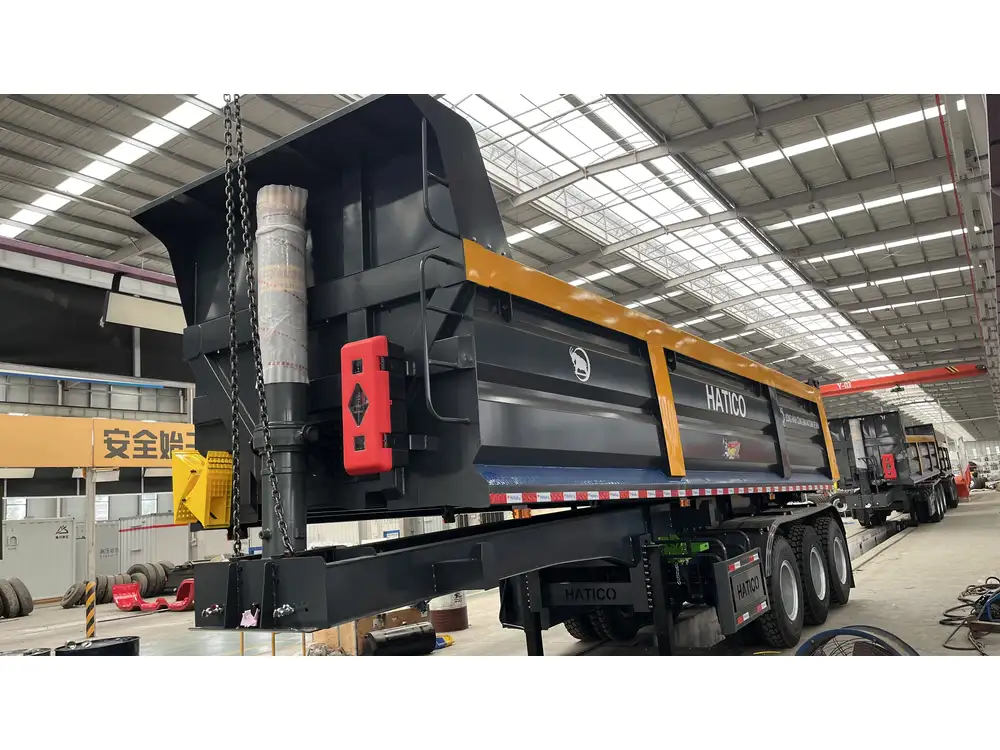
2. Lubrication Points
- Regularly grease moving components to ensure longevity.
3. Cleaning
- Keep the trailer bed clean to avoid unnecessary wear and tear.
- Rinse off debris after each use.
4. Tire Maintenance
- Rotate tires and check pressure regularly.
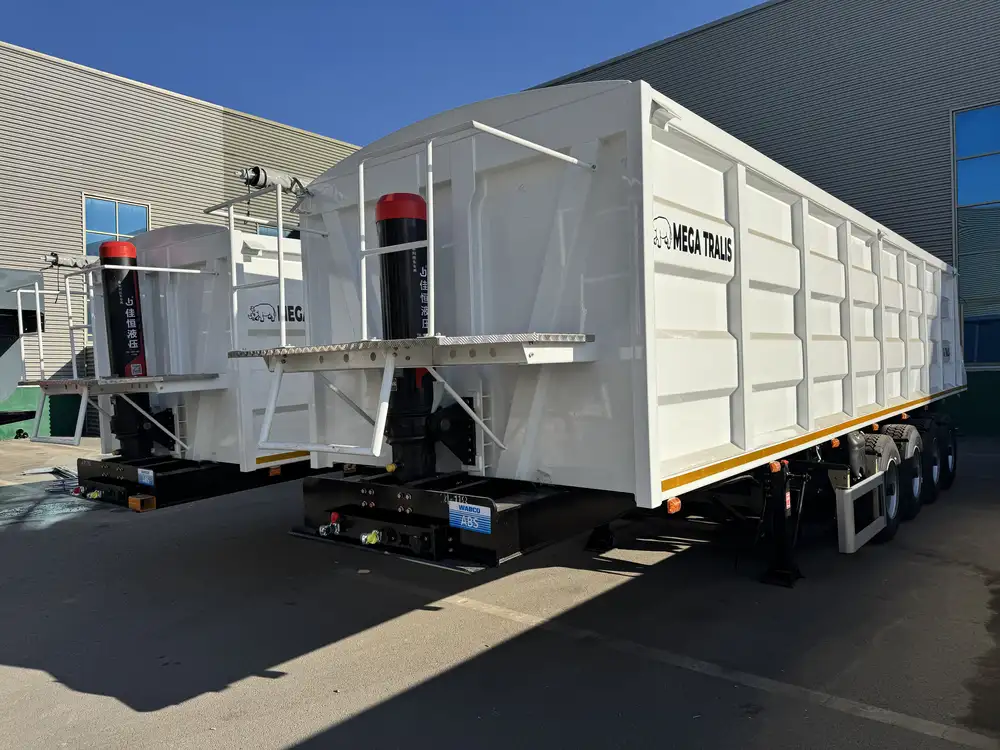
5. Electrical System Checks
- Periodically test all connections for corrosion and wear.
Where to Find Additional Information
1. YouTube Tutorials
Visual learners may benefit from watching step-by-step building processes from skilled artisans on platforms like YouTube.
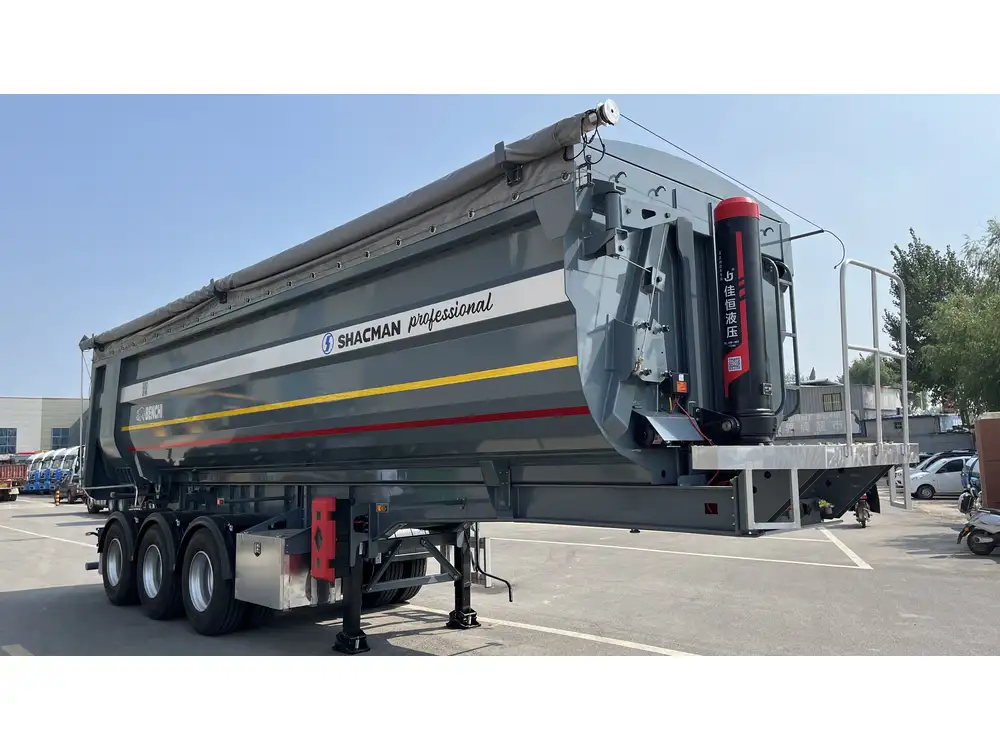
2. Online Forums
Engage with communities dedicated to trailer construction at platforms like Reddit or specialized Facebook groups.
3. Manufacturer Guidance
Consider reaching out to manufacturers or suppliers for details on parts and components needed for your dump trailer build.
Frequently Asked Questions (FAQs)
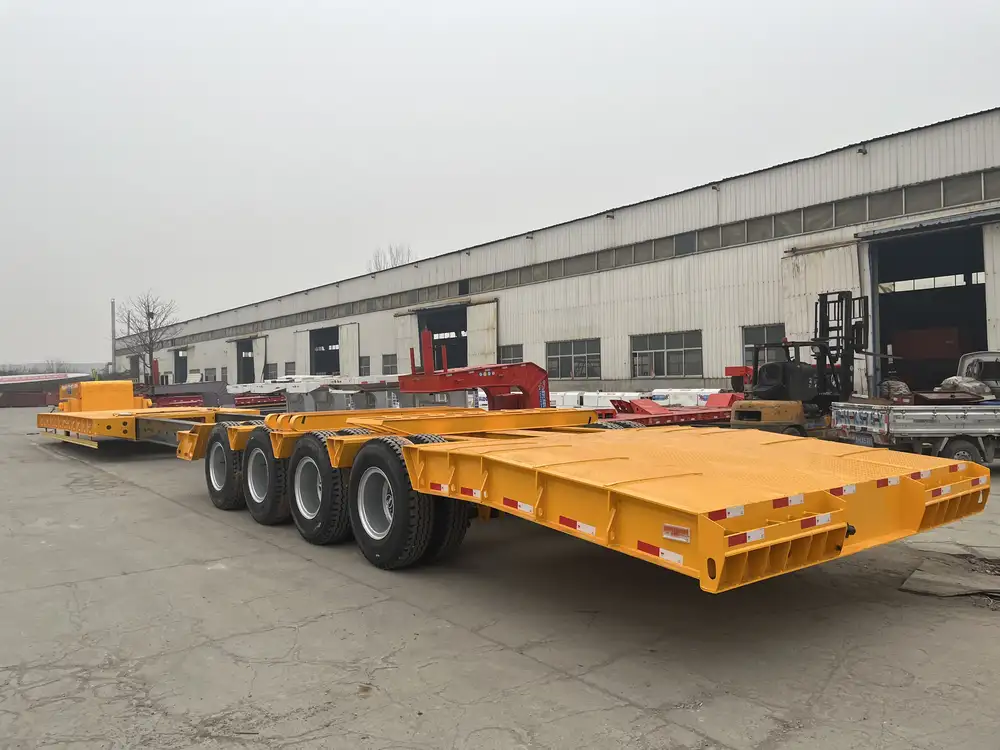
1. What are the ideal dimensions for a dump trailer?
The standard size generally ranges between 6×10 feet to 7×14 feet, but this largely depends on individual needs.
2. What types of materials are best for the trailer bed?
Steel and aluminum are favorable, with steel being more robust and aluminum offering lightweight benefits.
3. How much does it cost to build a dump trailer?
Costs can vary significantly based on materials and complexity but expect to invest between $1,500 to $4,000.
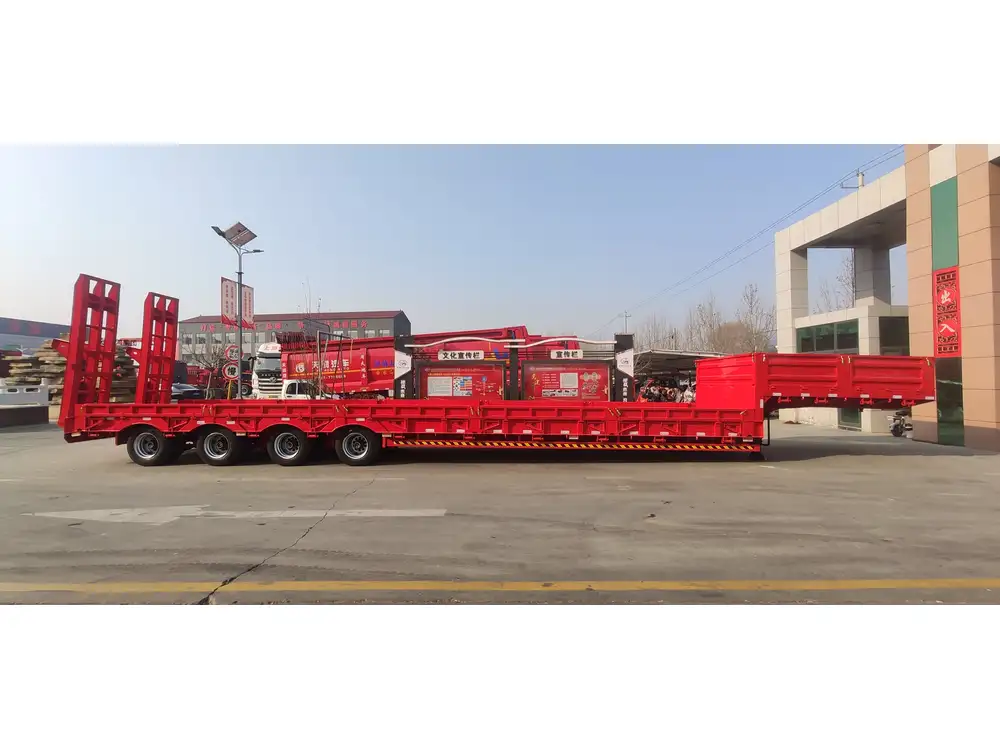
4. Can I use a dump trailer for general hauling?
Absolutely, the versatility of a dump trailer makes it suitable for various hauling needs beyond construction.
5. What is the best hydraulic system for my trailer?
Opt for reputable brands with proven performance metrics. Ensure compatibility with your trailer size.
Conclusion
Building a dump trailer is an enriching and practical endeavor, combining skills, creativity, and resource management. This guide provides detailed insights into every aspect of the process—from planning and construction to maintenance. Whether for personal use or business, a well-built dump trailer will serve as a reliable asset for years to come. Remember to leverage available resources, engage with the community, and follow safety protocols throughout your project for optimal results.



